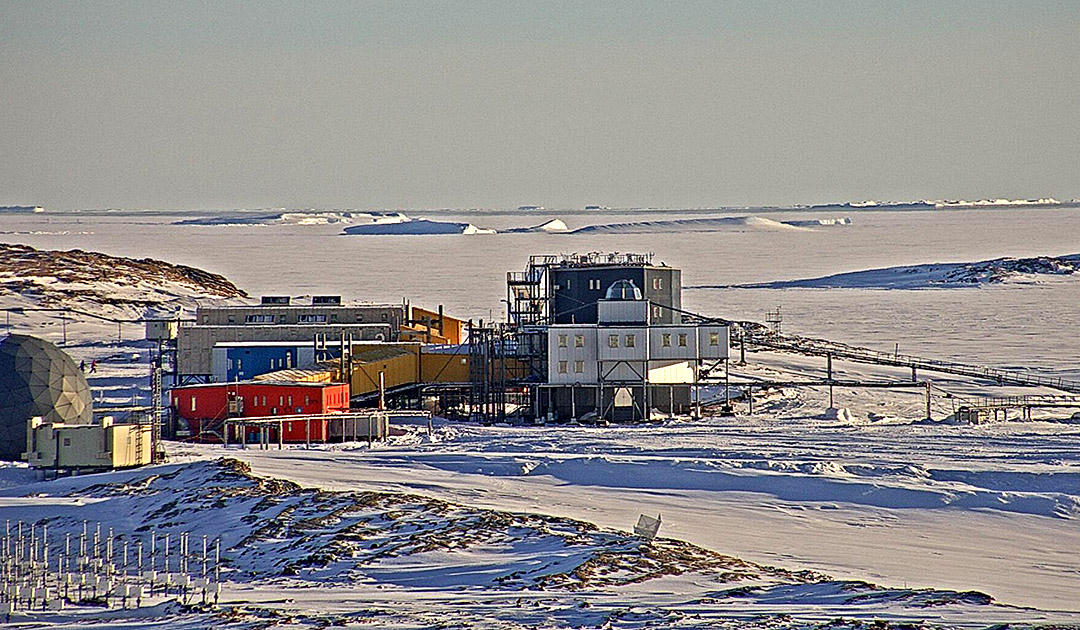
The sea around Japan’s Showa Station is covered with sea ice all year round. The aim the 64th Japanese expedition, between 24 December and 5 February, was to study the ecology of fish living in permanently cold temperatures.
Scientists observed the nutritional and reproductive status of fish in the area by checking stomach contents and gonads using ultrasound biotelemetry. An ultra-compact ultrasound transmitter (pinger) was attached to the fish for transmission.
The data collected by the project was to shed light on the relationship between fish behaviour and abundance and the marine environment.

The scaling down and improvement of ultrasound biotelemetry systems and oceanographic instruments has made it possible to measure the behaviour and abundance of fish under the sea ice and in the marine environment with high precision.
This has allowed the research team to focus on seasonal changes in the marine environment around Showa Station and clarify the link with fish behaviour and ecology.
As part of the study, fish were collected and their feeding habits were studied by looking at the the contents of their stomachs. The breeding season was determined by observing the gonads and the population structure was clarified by determining the size and age of otoliths — also known as ear stones — in order to comprehensively clarify the behaviour and ecology of the fish.

Observation details
Observations of fish behaviour were made using an ultrasonic biotelemetry system in waters less than 100 metres deep around Showa Station. For this reason, it was important to choose an area where the survey could be conducted safely, especially during the summer months. The work involved collecting the three main fish species in the waters near the Showa Station.
Horizontal separation and behavioural differences between species were used for observation. The fish were collected through holes in the sea ice and then released after they had been outfitted with transmitters. At the same time, several ultrasonic receivers were placed in holes in the sea ice to measure the position of the fish using the signals from the transmitters attached to the fish and to observe their behaviour. The observation period was three consecutive weeks in each case, with a maximum of 30 individuals observed at any one time.

How to continue with fish research
Expedition 66 will complete the survey within the next two years. This will involve a year-round survey to observe differences in fish behaviour and changes that occur in the marine environment between the height of summer and the depths of winter. The surveys will be carried out in four seasons: summer, before and after the polar night and during the polar night, with a minimum duration of two weeks per survey. The scientists plan to observe a total of 72 fish, or 18 individuals per quarter.
In addition, images of the seabed will be taken with an underwater drone to assess the nature of the environment in which the fish live.
Based on these observations, a comprehensive study of the relationship between the behaviour and ecology of the fish and their prey, as well as their relationship to the marine environment, will be carried out.
Heiner Kubny, PolarJournal





